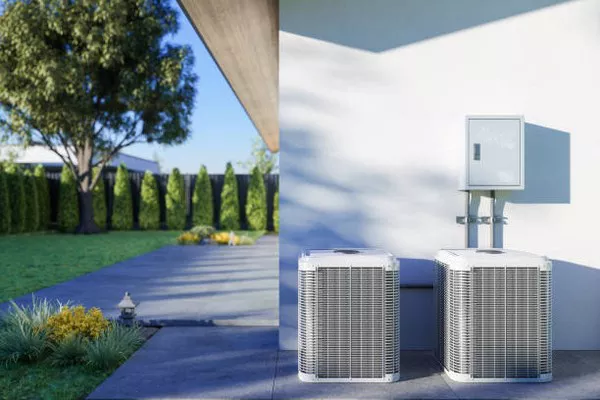In the realm of refrigeration, the compressor stands as a silent powerhouse, playing a pivotal role in the efficient functioning of refrigeration systems. Compressors are the heart of these systems, responsible for the circulation and compression of refrigerant gases, facilitating the crucial phase changes that lead to cooling. In this article, we will delve into the intricate workings of compressors in refrigeration systems and explore their significance in maintaining optimal temperatures for various applications.
Fundamentals of Refrigeration:
Before delving into the specific functions of compressors, it is essential to grasp the basics of refrigeration. Refrigeration systems operate on the principles of heat transfer and the thermodynamic cycle. These systems remove heat from a designated space, transferring it to another area where it is dissipated. The refrigeration cycle typically involves four main components: the compressor, condenser, expansion valve, and evaporator.
Understanding the Compressor:
The compressor, often hailed as the “heart” of the refrigeration system, is responsible for initiating and sustaining the entire refrigeration cycle. It performs the crucial task of compressing low-pressure, low-temperature refrigerant vapor into high-pressure, high-temperature gas. This compressed gas is then transported to the condenser, where it undergoes further transformations.
Types of Compressors:
Various types of compressors are utilized in refrigeration systems, each with its unique characteristics and applications. Common compressor types include reciprocating, rotary, screw, and centrifugal compressors. The selection of a particular compressor type depends on factors such as system size, cooling capacity, and intended use.
Reciprocating compressors, characterized by back-and-forth piston motion, are commonly found in smaller refrigeration systems and domestic appliances. Rotary compressors employ rotary motion to compress refrigerant and are often used in air conditioning units and heat pumps. Screw compressors, suitable for medium to large-scale applications, utilize rotating screws to compress the refrigerant. Centrifugal compressors, known for their high efficiency in large industrial settings, use centrifugal force to compress the refrigerant gas.
Functions of the Compressor:
Compression of Refrigerant:
The primary function of the compressor is to elevate the pressure and temperature of the refrigerant vapor, converting it into a high-pressure, high-temperature gas. This compression process is crucial for the subsequent phases of the refrigeration cycle, enabling efficient heat exchange and cooling.
Circulation of Refrigerant:
Once the refrigerant is compressed, the compressor propels it through the refrigeration system’s intricate network of tubes and coils. This circulation ensures a continuous flow of refrigerant, allowing for consistent heat transfer and temperature regulation.
Creation of Temperature Gradient:
The compression of refrigerant by the compressor results in the creation of a temperature gradient. This gradient is essential for the efficient operation of the condenser, where the high-temperature, high-pressure refrigerant releases heat to the surroundings, transitioning into a high-pressure liquid.
Efficiency Considerations:
The efficiency of a refrigeration system is closely linked to the performance of the compressor. Proper compressor selection, maintenance, and control contribute significantly to the overall efficiency of the system. Regular inspection, lubrication, and ensuring the compressor operates within its design parameters are essential practices to optimize efficiency and extend the lifespan of the compressor.
Energy-Efficient Technologies:
Advancements in technology have led to the development of energy-efficient compressors equipped with variable speed drives and sophisticated control systems. These technologies allow compressors to adapt their speed and output based on the current cooling requirements, resulting in substantial energy savings. As sustainability becomes a central concern, the integration of such technologies in refrigeration systems becomes increasingly prevalent.
See Also Do Compressor Sound Blankets Work
Conclusion:
In the intricate dance of thermodynamics that defines refrigeration systems, the compressor takes center stage, orchestrating the transformation of refrigerant from a low-pressure vapor to a high-pressure gas. Its role in elevating the temperature and pressure of the refrigerant is fundamental to the entire refrigeration cycle, enabling the system to fulfill its purpose of cooling and maintaining specific temperatures.
As technology continues to evolve, the efficiency and environmental impact of compressors are areas of ongoing research and development. The quest for sustainability and energy efficiency propels the refrigeration industry to explore innovative compressor designs and control strategies, ensuring that these essential components continue to play a central role in creating and maintaining cool environments for diverse applications.

